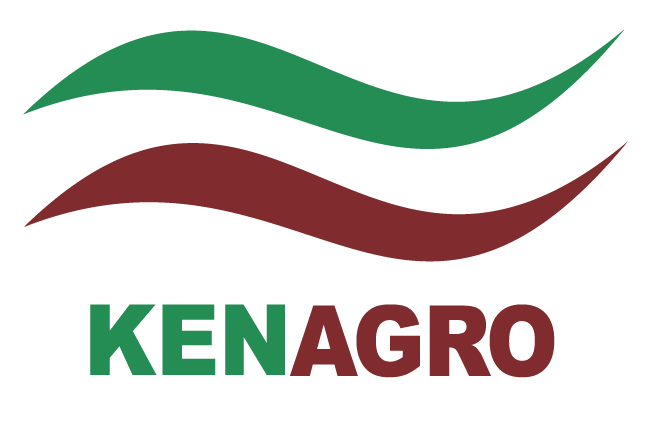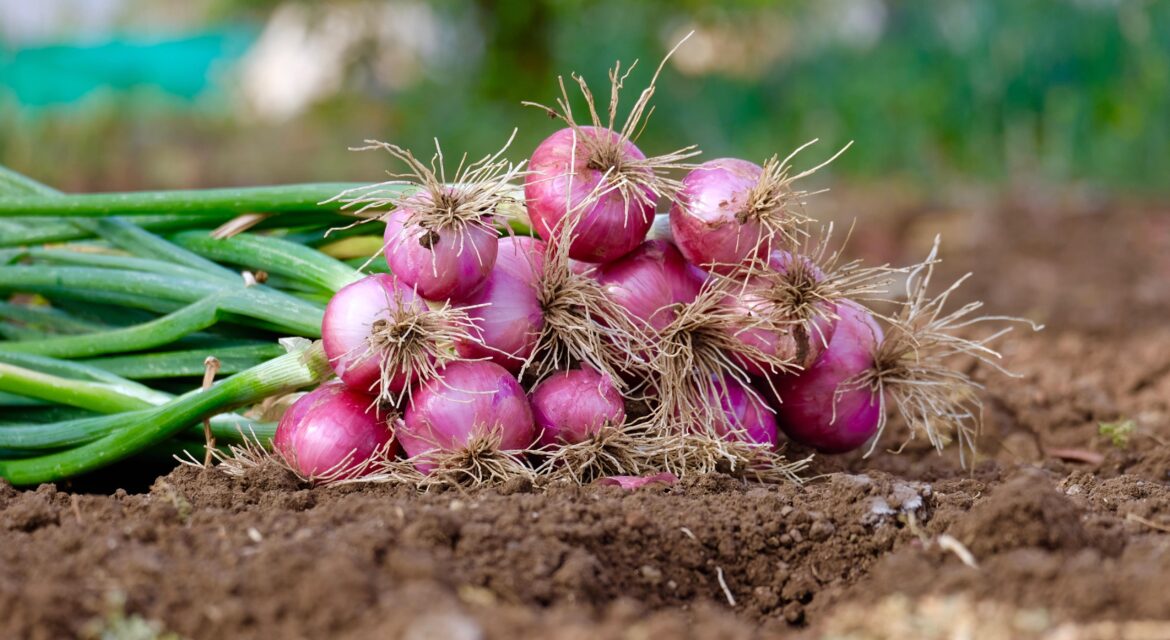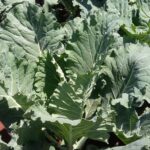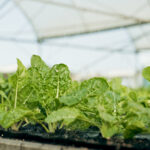Best Practices for Production, High Yields & Profitability
Onion farming in Kenya is a profitable venture for smallholder and commercial farmers due to high demand in both local and regional markets. Grown in areas such as Kajiado, Meru, Nakuru, Nyeri, and Narok.
Onions are a key ingredient in Kenyan households and food businesses.
With proper planning and good agricultural practices, farmers can achieve high yields and consistent income from onion cultivation.
This guide outlines essential steps for successful onion production in Kenya.
1. Crop Selection and Planning
Selecting the right onion varieties is the first step toward successful farming. Choose certified seeds suitable for your region’s climate and market preferences. Popular onion varieties in Kenya include:
- Red Creole – Early maturing, drought-tolerant
- Red Tokyo F1– High Yielding, Disease Tolerant Variety
- Jambar F1 – High-yielding hybrid, preferred by commercial farmers
Plan planting according to seasons:
- Rain-fed onions are planted at the beginning of the long rains (March–April).
- Irrigated onions can be grown throughout the year with controlled water supply.
Evaluate your available land, resources, and market demand before committing acreage.
2. Soil and Climate Requirements
Onions thrive in well-drained sandy loam soils with good fertility and a pH of 6.0–6.8. Avoid heavy clay soils and waterlogged areas, as this hinder bulb formation.
The ideal climate for onion farming in Kenya includes:
- Temperatures: 13°C to 30°C
- Rainfall: Moderate and well-distributed (400–800 mm annually)
Regions with dry periods during bulb formation enhance quality and storability.
3. Land Preparation and Planting Techniques
For efficient Land Preparation, use a Glyphosate based non-selective herbicide that can clear all weeds, from the broad leaved weeds to grasses. At Kenagro, we have Kausha 480SL that is a non selective systemic herbicide.
Steps to follow:
- Raise nursery beds for seedling production: about 1 meter wide and 10–15 cm high.
- Sow seeds in the nursery and transplant seedlings after 6–8 weeks when they are 15 cm tall.
- Spacing: 30 cm between rows and 8–10 cm between plants.
- Apply basal fertilizers like DAP or compost during transplanting to support root development.
4. Crop Management (Irrigation, Fertilization, Weeding)
Irrigation:
Consistent watering is crucial, especially during dry seasons. Onions need:
- Frequent watering during early growth
- Reduced irrigation during bulb maturity to avoid rotting
Fertilizer Application:
For better onion growth, it is essential to apply foliar fertilizers, to ensure optimum vegetative growth, root strength, and ensuring that the plants receive adequate nutrients during their most critical growth stages. For healthy Root Setting and Improved Root Hair Formation, use an Ammonium Phosphate foliar like Brilliant, which also increases vegetative growth. For optimum Bulb Formation, use Microfert TI that supplements micronutrient requirements.
In addition, farmers should conduct soil tests to identify specific nutrient deficiencies before applying fertilizers. By doing so, inputs are used more efficiently, crop health improves, and yields are maximized.
- Apply top-dressing fertilizers such as CAN or NPK after establishment
- Conduct soil tests to determine nutrient deficiencies
Weeding:
To begin with, it is important to keep onion fields weed-free, especially during the first six weeks of growth. Early weeding helps prevent competition for nutrients, water, and sunlight.
Using a good herbicide with the best active ingredients is recommended, in order to completely eradicate weeds on your onion farm. Use Oxen Gold 515EC to control both broad leaved weeds and annual grasses.
- Keep fields weed-free, especially in the first 6 weeks
5. Managing Pests and Diseases in Onions
Managing Pests in Onions for Healthy Yields
Onion farming in Kenya often faces challenges from pests such as thrips, cutworms, onion flies and onion maggots. To reduce damage, it is important to monitor fields regularly and apply integrated pest management (IPM) practices. In addition, farmers can use recommended insecticides, rotate crops, and remove plant debris to minimize pest buildup. By combining these strategies, the risk of yield loss is greatly reduced. At Kenagro, we have recommended products that help in the control of these pests.
Common pests and recommended products:
- Thrips – Use Endsect 150SE.
- Cutworms – Use Vendex 50EC
- Onion flies
Disease Control Practices in Onion Farming
Diseases like downy mildew, purple blotch, and bacterial soft rot are common in onion fields. To begin with, farmers should practice crop rotation and avoid planting onions in the same field season after season. Always ensure proper spacing, good drainage, and timely fungicide application helps keep fungal infections under control. By following these measures, onion growers can maintain healthier crops and achieve better yields. In addition, use tested and approved fungicides that help inc ontrolling these diseases.
Control measures:
- Use certified, disease-free seeds
- Practice crop rotation
- Apply fungicides and insecticides as recommended
- Ensure proper spacing and ventilation
Diseases and Product Recommendations:
- Downy mildew -Use Tajiri 720WP
- Purple blotch – Use Dewklin 250EC
- Neck rot -Use Dewklin 250EC.
6. Harvesting and Post-Harvest Handling
Onions are ready for harvest when:
- Leaves start yellowing and falling over
- Neck tissue softens
Steps:
- Gently uproot and cure onions under shade for 7–14 days
- Trim roots and necks, and sort for market or storage
- Ensure onions are dry before storage to prevent rotting
Store in well-ventilated, dry facilities
7. Marketing and Value Addition
There’s strong demand for onions in Kenyan markets throughout the year.
Marketing tips:
- Sell to wholesalers, retailers, institutions, and through farmers’ cooperatives
- Explore value addition through dried onions, onion powder, or pre-packed onions
Plan planting and harvesting to target off-peak periods when prices are high
8. Farm Business and Record Keeping
Treat your onion farm as a business:
- Keep detailed records of inputs, labour, yields, and income
- Analyse costs and profitability to improve efficiency
- Access financial services such as loans, SACCOs, or crop insurance
- Engage with extension services and Agri-tech tools for market information and farm support
Unlocking the Potential of Onion Farming in Kenya
Onion farming in Kenya presents a lucrative opportunity for farmers ready to invest in good agricultural practices.
By selecting the right onion varieties, managing water and nutrients effectively, and protecting crops from pests and diseases, farmers can achieve high onion yields and tap into growing market demand.
With proper harvesting, storage, and marketing strategies, onion production can become a sustainable and profitable agribusiness across Kenya.





